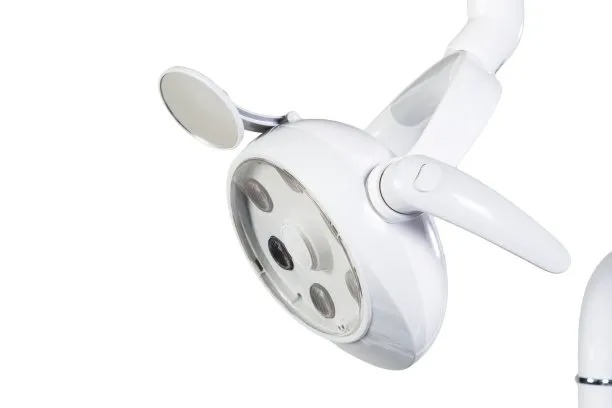Understanding the Process and Importance of Extracting a Tooth for Dental Health and Wellness
Summary: Extracting a tooth is often a necessary procedure in dental care that plays a crucial role in maintaining overall oral health and wellness. This article delves into the intricate process of tooth extraction, emphasizing its significance, indications for the procedure, the methods used by dental professionals, and the aftercare required for optimal recovery. Understanding these facets not only informs patients about what to expect but also highlights the importance of such dental interventions in preventing further complications and promoting long-term health.
1. The Necessity of Tooth Extraction

Tooth extraction may be recommended for several reasons, making it an essential component of dental health. One common indication is severe decay or cavities that extend too deep into the tooth structure, rendering it non-restorable. If a tooth is compromised beyond repair, extraction can prevent pain and further dental issues.
Another significant reason for extraction is periodontal disease. When gum disease progresses, it can lead to tooth mobility and infection. Removing affected teeth not only alleviates discomfort but also allows for possible restorative treatments in the future.
Lastly, overcrowding is often a concern, particularly in orthodontics. In instances where there is not enough space for the teeth to align correctly, dental professionals may recommend extraction as a viable solution to facilitate proper alignment and enhance overall dental aesthetics.
2. The Tooth Extraction Process Explained
The process of extracting a tooth should ideally begin with a thorough evaluation by a dentist. This examination will include X-rays and a discussion about the patient’s medical history to ensure safety. The dentist will explain the procedure, addressing any concerns the patient may have.
Once the decision is made, the dentist will administer local anesthesia. This step ensures the patient is comfortable and pain-free throughout the procedure. In some cases, sedation may be used to help patients who experience anxiety or require a more complex extraction.
The extraction itself involves the dentist loosening the tooth from its socket by moving it back and forth, then using forceps to remove it. For impacted teeth, such as wisdom teeth, surgery may be necessary, which could involve cutting into the gum tissue or removing bone obstructing access. After extraction, the dentist will provide care instructions to promote healing.
3. Post-Extraction Care and Recovery
Post-extraction care is crucial for a smooth recovery and optimal dental health. Initially, patients may experience swelling and discomfort, which can generally be managed with prescribed medications or over-the-counter pain relievers. Ice packs applied to the cheek can also help reduce swelling.
Diet plays a significant role in recovery; soft foods and plenty of fluids are recommended immediately after extraction. Patients should avoid hard, crunchy, or spicy foods that could irritate the extraction site.
Maintaining good oral hygiene is essential as well. However, patients should be cautious around the extraction site to prevent dislodging blood clots. Gentle rinsing with salt water can promote healing, but patients should refrain from vigorous swishing or brushing directly on the area for the first few days.
4. Long-term Benefits of Tooth Extraction
The long-term benefits of tooth extraction often outweigh the temporary discomfort experienced during the recovery period. Removing problematic teeth can significantly improve overall oral health by preventing further decay and infections.
Moreover, tooth extraction can pave the way for more comprehensive dental treatments. Following an extraction, other restorative procedures such as implants, bridges, or dentures can be effectively implemented, enhancing both function and aesthetic appeal.
Lastly, by addressing overcrowding issues or impacted teeth, extraction can lead to improved alignment and better oral hygiene practices, thus contributing to a healthier smile and better dental wellness over time.
Summary:
Tooth extraction is a critical procedure that serves many functions in dental health, including the relief of pain and the prevention of further complications. By understanding the necessity of the process, the steps involved, and the importance of post-extraction care, patients can approach this procedure with confidence.
The benefits of extraction extend beyond immediate relief, promoting long-term health and enabling future dental treatments. Adhering to the dentists guidelines will ensure a smoother recovery and path towards optimal dental health.
This article is compiled by Vickong Dental and the content is for reference only.



